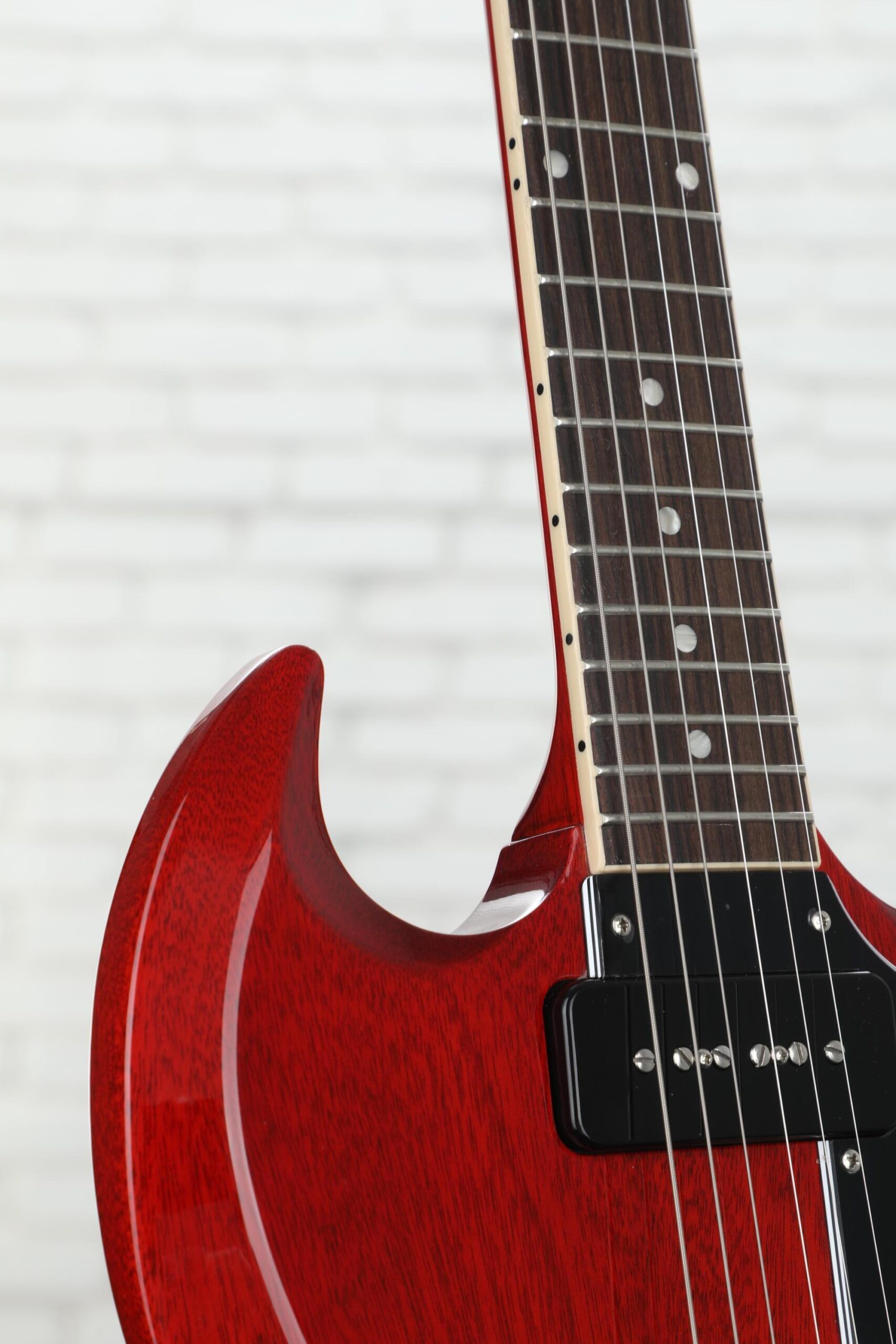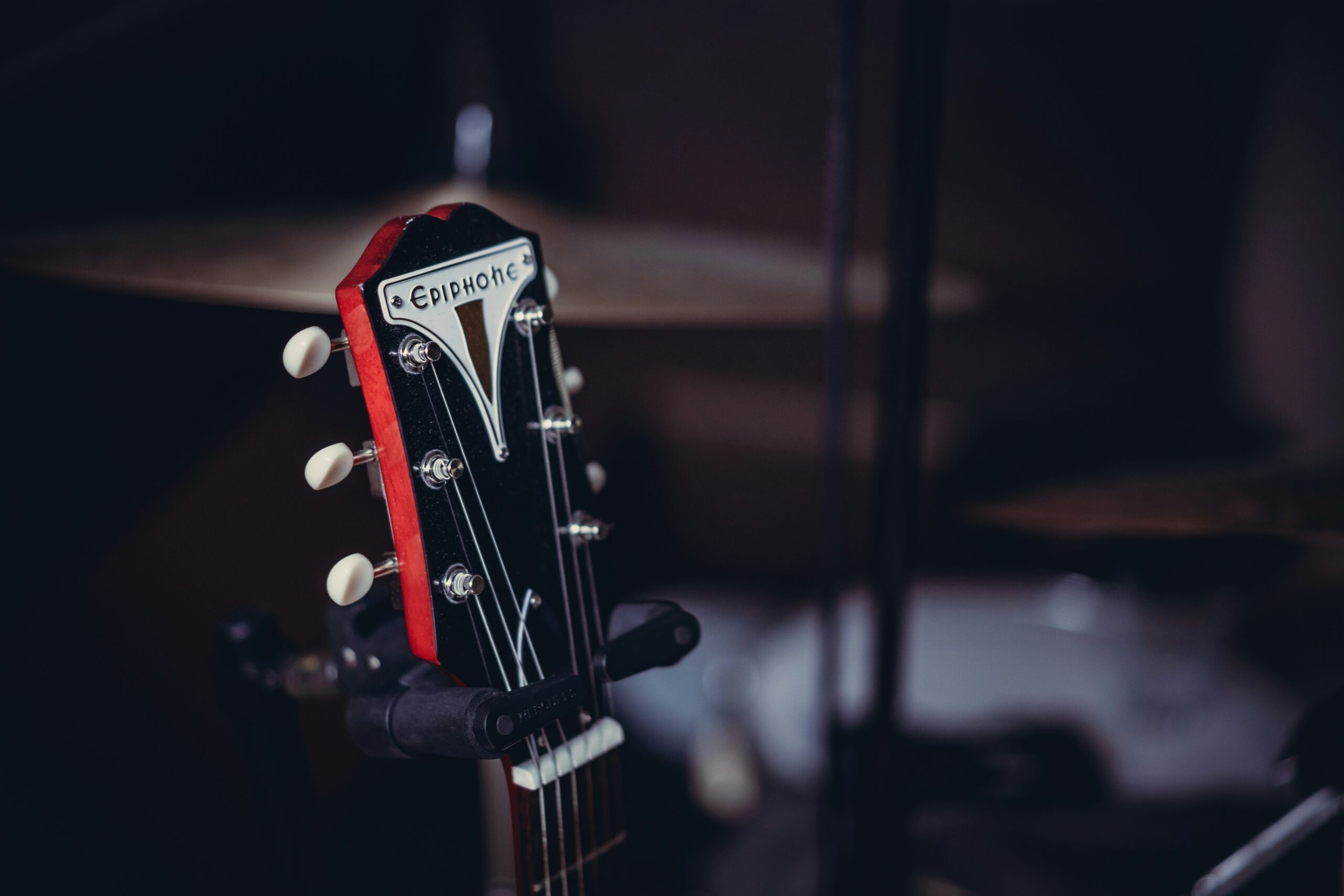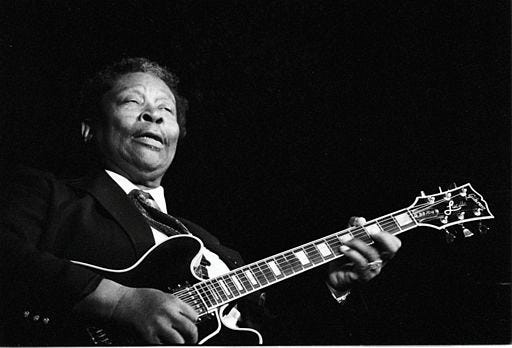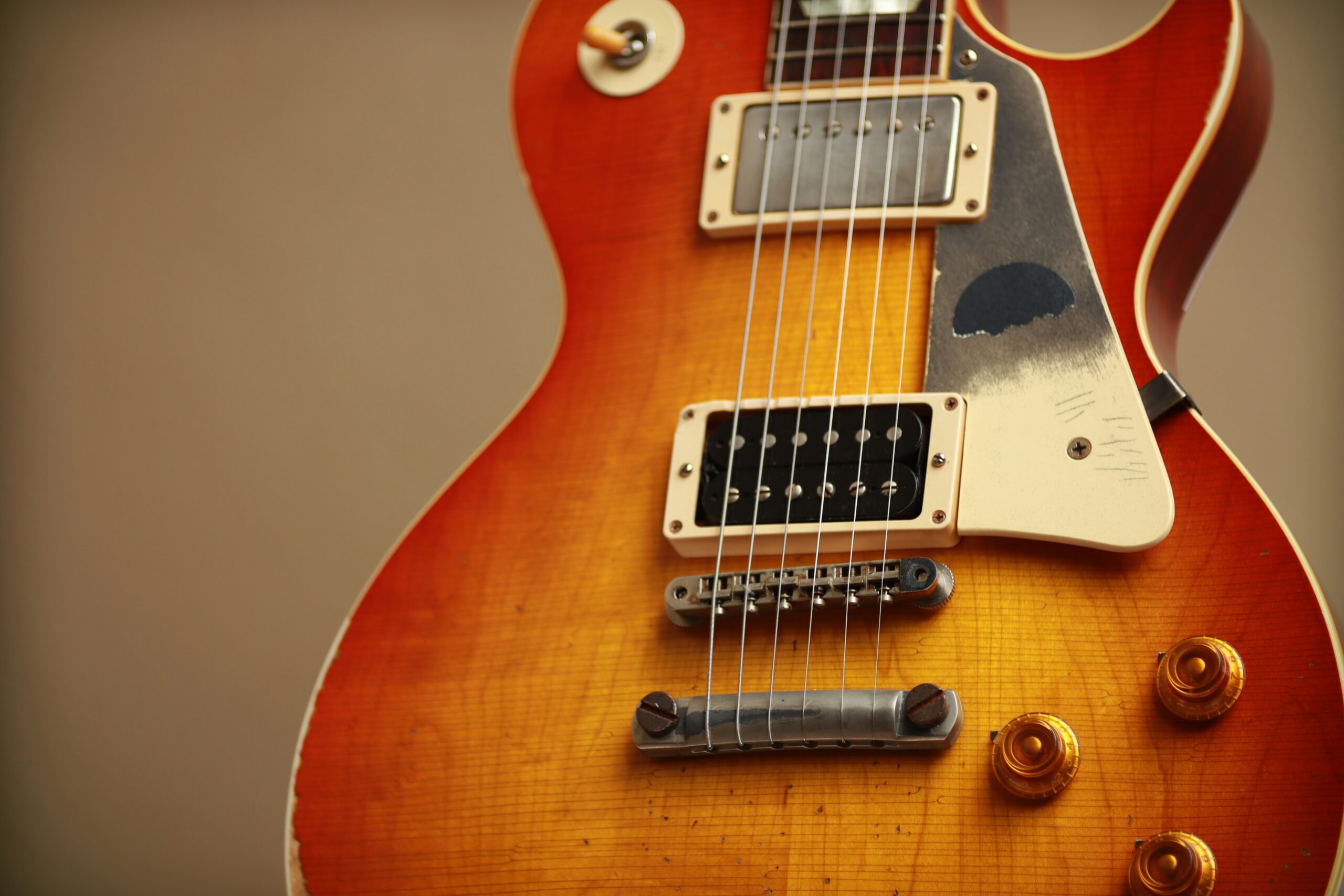I have espoused the virtues of $500 guitars for years.
I’ve talked about how incredibly good they’ve gotten. How you could play guitar your whole life with one and not be missing out. How even pro musicians often leave their pricey guitars at home, preferring to tour with Mexican Strats.
And then, in July of 2024, I went and bought this:

A Gibson SG Special with a list price of $1,599.
Now it’s definitely not the top of the line when it comes to expensive guitars; there are, in fact, few cheaper Gibsons in their current lineup. But it is four times the price of the Epiphone I had been playing up to that point.
Looking back over the last several decades of purchasing, playing, and promoting inexpensive guitars, I had to wrestle with one question: Does upgrading to a Gibson make me a hypocrite?
What I learned from decades of owning inexpensive guitars
The truth is, if it weren’t for my decades of buying and playing inexpensive guitars, I would never have even considered buying a Gibson.
Over my life, I have owned close to two dozen guitars (or maybe more—I’ve kind of lost count). All through that time, without even realizing it, I’ve been trying out all manner of styles, options, and configurations:
- Different scale lengths
- Different fretboard radii
- Different pickups and electronics
- Different body shapes
In doing so, I have naturally gravitated toward certain guitars and away from others.
If it weren’t for my decades of buying and playing inexpensive guitars, I would never have even considered buying a Gibson.
For instance, I started out playing Stratocaster-type guitars with Fender specs. But as I progressed, I found that I enjoyed Epiphones with their shorter scale length and flatter fretboards more.
I also owned guitars with every kind of pickup style and configuration. I eventually realized that, to my ears, a good set of P90s sounded “right” to me in a way that humbuckers and single coils couldn’t quite match.
Additionally, I discovered that I don’t like heavy guitars. For example, I had a perfect-quality Godin Progression (a Strat-style guitar from one of my favorite brands) that I just didn’t bond with — in part because it weighed a ton.
And when I purchased my Epiphone SG a few years ago, I connected with the body shape and the feeling of the pseudo-extended neck. (The scale length is still 24.75”, like all Gibson-style guitars, but the bridge is much more forward on SGs, shifting the neck higher up. The first time you play one, you’re constantly two frets off!)
All that hands-on knowledge was made possible by spending decades sticking to playing less expensive guitars.
Speaking of necks, it dawned on me one day that the guitars in my collection that had “mojo” all shared something in common: their neck profiles. My best-playing instruments, in other words, had D-shaped necks and a 12” fretboard radius.
If you’re keeping score at home, that means over the course of the last 20+ years, I had unintentionally found my ideal guitar specs:
- 24.75” scale length
- A D-shaped neck and 12” radius
- Equipped with P90s
- SG body style
- Lightweight
All that hands-on knowledge was made possible by spending decades sticking to playing less expensive guitars.
Had I spent my money on 3–4 expensive guitars instead of two dozen inexpensive ones, my ability to find what works best for me would have been severely compromised. I would have ended up with several nice American-made Stratocasters because that’s what 16-year-old me wanted, all the while never knowing that SGs were the better fit.
Making the jump from Epiphone to Gibson
Speaking of SGs, the turning point in this story was when I acquired my Epiphone SG PRO. It quickly became my number one guitar, replacing my PRS SE Custom 24. The more I played it, the more I loved everything about it. The only downside? It had humbuckers instead of P90s.
Regardless, as I continued to play it, I started to wonder, if this Epiphone is so good, how much better would a Gibson actually be?
The question started to gnaw at me, and I realized…if I sold off a few guitars and some gear I wasn’t using, a Gibson would, for the first time in my life, be within my means.
I started to wonder, if this Epiphone is so good, how much better would a Gibson actually be?
And then I found it: The Gibson SG Special. Seven pounds of P90-growl-inducing, devil-horned rock and roll.
It literally had every spec on my wishlist. It was beautiful. It even came with a hard-shell case. And when my Sweetwater rep did me a solid and knocked a couple hundred dollars off the price (I’d had some issues with a gift card), it was a no-brainer.
Why a Gibson was the right choice for me
Now that I’ve owned it for around eight months or so, I can tell you that quality-wise, my Gibson is not four times better than my Epiphone — but it is better.
The Gibson has better wood selection, better electronics, and better hardware. It has a thinner, sleeker body. The nitro finish looks nicer than the typical polyurethane finish on cheaper guitars. The headstock is even more proportional (to my eye) than an Epiphone.
I could go on, but the point is this: everything is a step up, making the cumulative quality difference noticeable.
And I’ll admit, it is more fun — and inspiring — to play, even if only because of the “Gibson” screenprint on the headstock.
Cheaper gear has made me a more informed consumer.
Does that make it worth the extra $1,200 over the almost identical Epiphone version? I suppose that depends on whose wallet is under assault.
For me, it has been 100 percent worth the money.
Having owned and played so many low- and mid-tier instruments for so long, I can discern and appreciate the small improvements in quality and sound. To put it bluntly, cheaper gear has made me a more informed consumer. When I’m guitar shopping, I know what I’m looking at. I notice the details, and I know which ones matter. I understand the value proposition. And most importantly, I know what I want.
As much as I still love my affordable guitars and amps, they’ve always lacked that certain something.
And what I want is a certain feel and a certain sound.
As much as I still love my affordable guitars and amps, they’ve always lacked that certain something. They could take me 95 percent of the way there.
But now, with my Marshall amp and Gibson guitar, I’m at the mountaintop. It just feels like I’m playing a professional setup. And I can finally start dialing in what I would consider “good” tones — the kind of tones you’d hear from an actual musician on an actual record.
It is incredibly hard to put a price on such things.
I might be foolish, and that’s okay
Expensive guitars are still expensive. Low- and mid-tier guitars still offer amazing levels of quality for a fraction of the price. You’d have to be a fool to buy a $1,600 Gibson when a $499 Epiphone exists.
But sometimes you just have to be a fool. If that makes me a hypocrite, too, so be it.
At least I’m a happy one.











